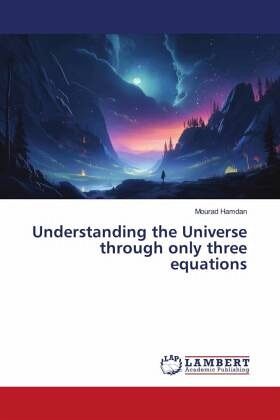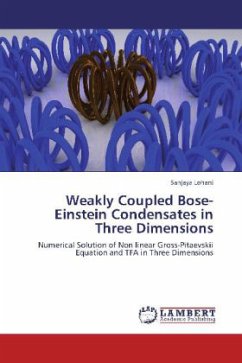
Understanding the Universe through only three equations
Versandkostenfrei!
Versandfertig in 6-10 Tagen
68,99 €
inkl. MwSt.

PAYBACK Punkte
34 °P sammeln!
Absolute binary physics has physical, philosophical, theological, environmental, and economic implications.To be able to apprehend it, we must radically change our conception of the Universe.Two additional coordinates are necessary to add to the usual four to obtain a precise position.Starting from the unitary constant and the eight fundamental energy equations taken two by two, we obtain 28 times the same equation.The infinitely small joins the infinitely large to the absolute values '0' and '1'.The equation resulting from the eight previously cited is the following:N = (S(x, y, z) / T) M.The...
Absolute binary physics has physical, philosophical, theological, environmental, and economic implications.To be able to apprehend it, we must radically change our conception of the Universe.Two additional coordinates are necessary to add to the usual four to obtain a precise position.Starting from the unitary constant and the eight fundamental energy equations taken two by two, we obtain 28 times the same equation.The infinitely small joins the infinitely large to the absolute values '0' and '1'.The equation resulting from the eight previously cited is the following:N = (S(x, y, z) / T) M.The change in physics (as taught to us) is qualitative. The International System of Units does not apply to this physics.A new synthetic physics with a simple formalism, where there is no object, no movement, and no frame of reference, can explain the creation!But let's get along; this theory does not sound like the death knell of physics but provides the key to a better understanding of the Universe.It broadens our horizon of thought to six dimensions (instead of four). Our approach to fundamental questions is consequently being radically reconsidered.












